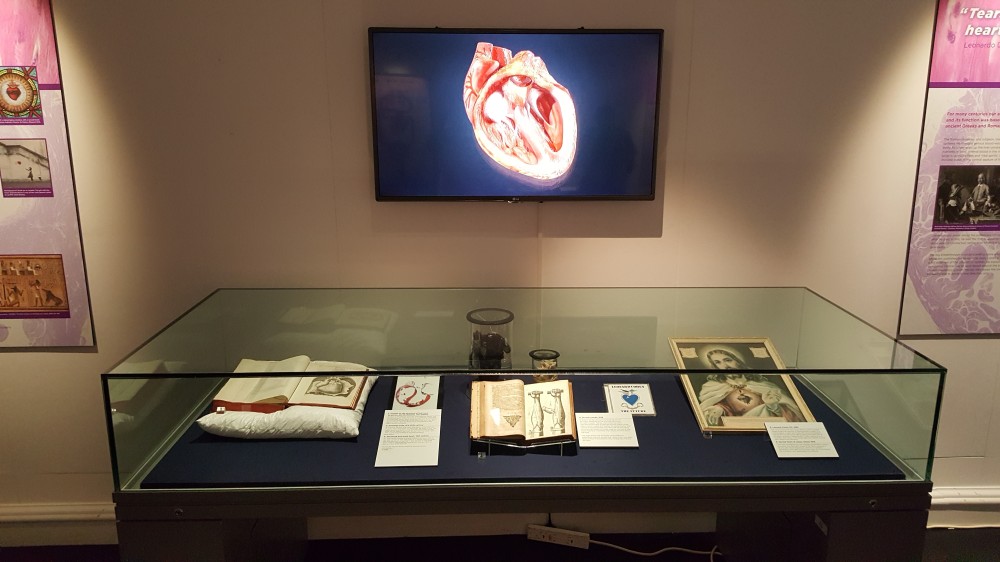
Working in an independent medical museum has many benefits, one of which is the opportunity to create and deliver exhibitions. It often helps you realise the real benefits of having a Nationally Significant Collection. To achieve Recognition status, museum teams have to put a lot of effort into understanding their own collections and then proving their significance to a board member who may never have heard of the collection or understand its value. Once through the process, you realise that you are much more aware of the intricacies of your own collection, so that when choosing a new exhibition, it becomes much easier to choose the parts of the collections that have synergies and put your Recognised Collection at the heart of exhibitions.
The Heritage Team at The Royal College of Surgeons of Edinburgh have the main responsibility for creative input and for ensuring exhibitions are finally delivered at Surgeons’ Hall Museums. It is a small team and we normally only deliver one exhibition a year. This year, our temporary exhibition Heart, Cœur, Corazón explores the heart as a cultural symbol as well as an organ. It is specifically targeted at the general public, hopefully to help increase understanding of the heart’s functions and common surgical solutions to health problems, both acquired and congenital. The exhibition consists of a range of heart specimens from the collections showing the anatomy of the heart and its wide-ranging pathologies.
Breaking Down Barriers
Surgery, by its nature, is a technical activity. As a result we have tried to break down the impenetrable language barrier that is often used in medical circles. The objects have been grouped into themes that demonstrate the types of condition that can occur in a heart namely: valve problems, coronary arteries, arrhythmia and transplants.
It never ceases to amaze me that this collection can always reveal something new, and a couple of specimens that grabbed my attention were the burst aorta of a soldier of Napoleon’s Imperial Guard who died as a result of seeing his glorious leader return from exile. You might say his heart burst with pride. On a more sombre note, a specimen came to light that demonstrates the shocking plight of some prisoners of war. This specimen was taken from a man who was prisoner of war in Nagasaki when the atomic bomb was dropped. He suffered bronchial problems that affected his heart and eventually died between 1949 and 1950.

An Amazing Organ
The heart is such an amazing organ: how can anything keep beating 2.5 billion times? That is the average estimate of the number of beats per person in a lifetime. We have tried to find interesting facts that are associated with the heart which people will relate to. This led us to realise that function is the key to understanding. In association with Eagle Designs of Edinburgh we have come up with an interactive that shows how the circulatory system works. It is a simple idea; you wind a handle to get a series of lights to progress around a graphic of the heart and lungs. This shows where blood is going to and coming from, with some areas highlighted for effect. This is the starting point of understanding the heart.

You might wonder at the title of the exhibition. It is our intention to interpret this exhibition in three other languages: Spanish, Italian and French. After looking at the amount of translation that would be required we realised that summary of the exhibition would be as much as we could manage given our resources, so we will produce a small booklet containing the summaries and hopefully visitors will pick one up as they tour around.
This post was originally featured on the Recognised Collections of National Signifcance blog site on 18th April 2017. You can find out more about Recognised Collections here and view the blog page here.
